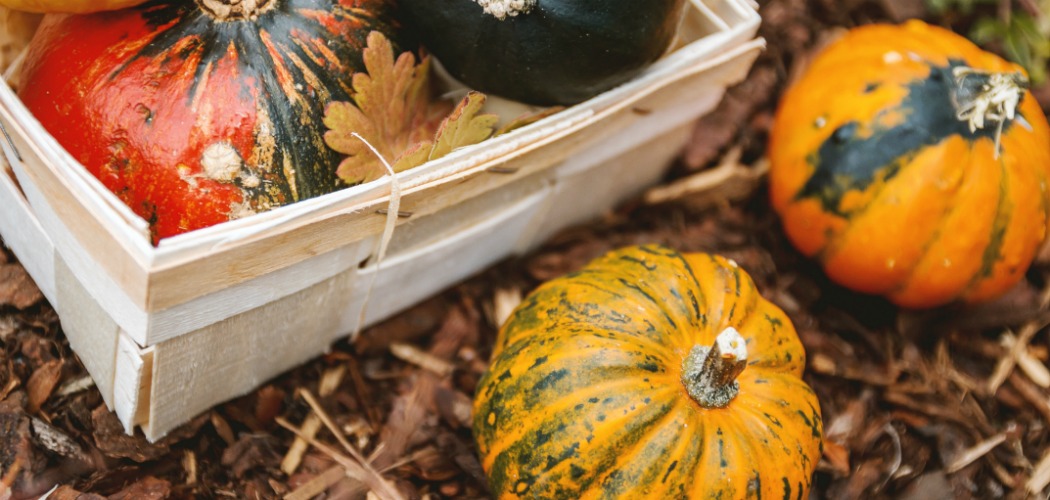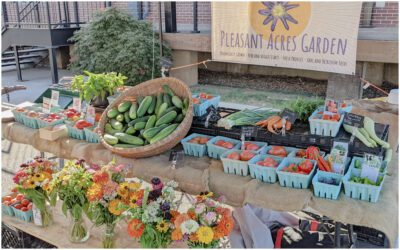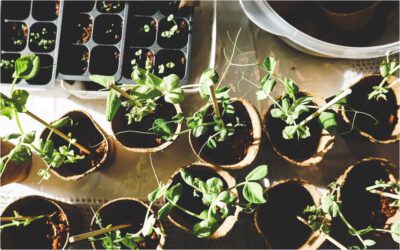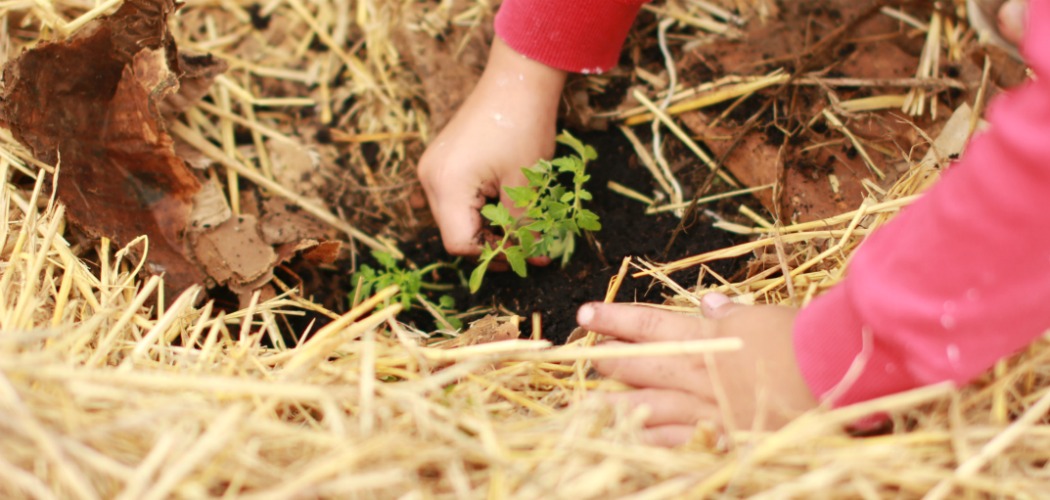[title subtitle=”WORDS Megan Lankford, Horticulture Supervisor, Botanical Garden of the Ozarks”][/title]
The Dirt:
Cool season vegetables are mostly cold tolerant, but some still need protection from frost or a hard freeze. Hardy vegetables such as kale, cabbage, collard greens, carrots, turnips, beets, and swiss chard can be grown throughout the winter with minimal inputs, and no supplemental heat. Both high tunnels and low tunnels, also known as hoop houses, can be used to protect your vegetables from the freezing cold. Picking which is right for you often depends on space, and your budget.
Tips:
A low tunnel is an easy and inexpensive way to extend your growing season. Typically standing no more than a few feet tall, they keep the heat in and protect your plants from freezing temperatures. There are many plans available on the internet if you are a do-it-yourself gardener, and kits for those who prefer a ready-made option. Plus, they take up no more room than your existing beds do.
A high tunnel is basically an unheated greenhouse that uses passive heating and cooling. This is achieved by keeping the sides closed to heat it up and rolling the sides up or down (depending on the tunnel) to allow the heat out. This option is more expensive and is geared more to the dedicated vegetable gardener or homesteader.
For the more northern reaches of the state, a combination of the two may be needed in a cold winter. For this you would build a tunnel within a tunnel (a low tunnel inside a high tunnel) thus creating a double layer of protection.
What to Plant:
All trees, shrubs, and perennials that are hardy at least one hardiness zone north of your own.
For helpful information on tunnel gardening, visit UAEX.EDU.




